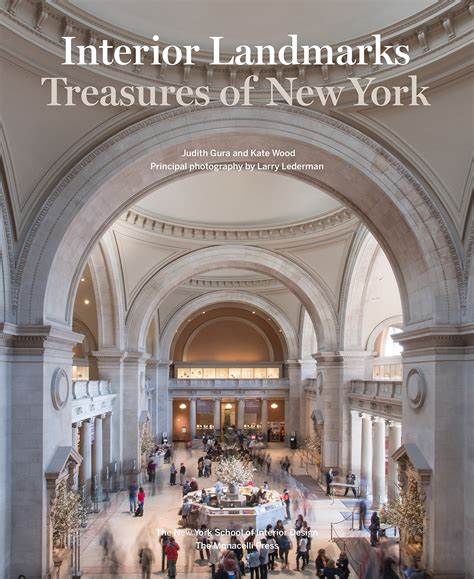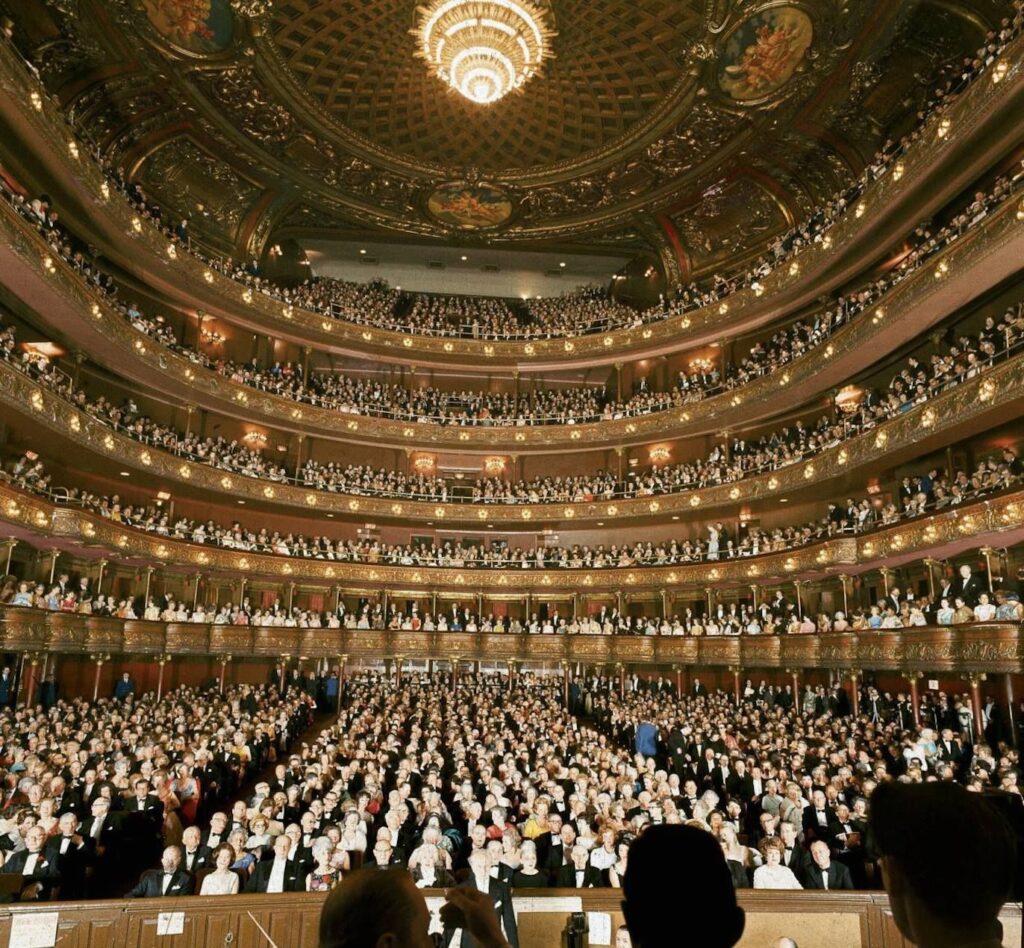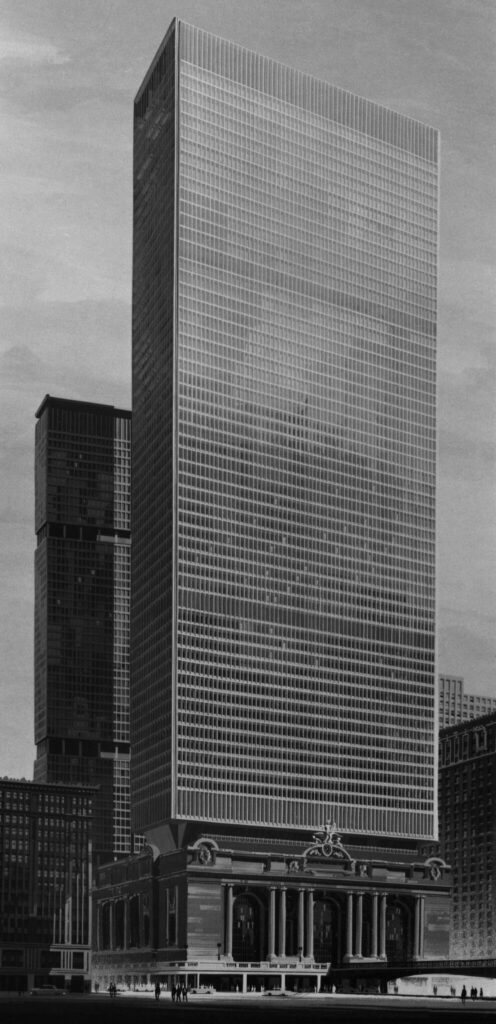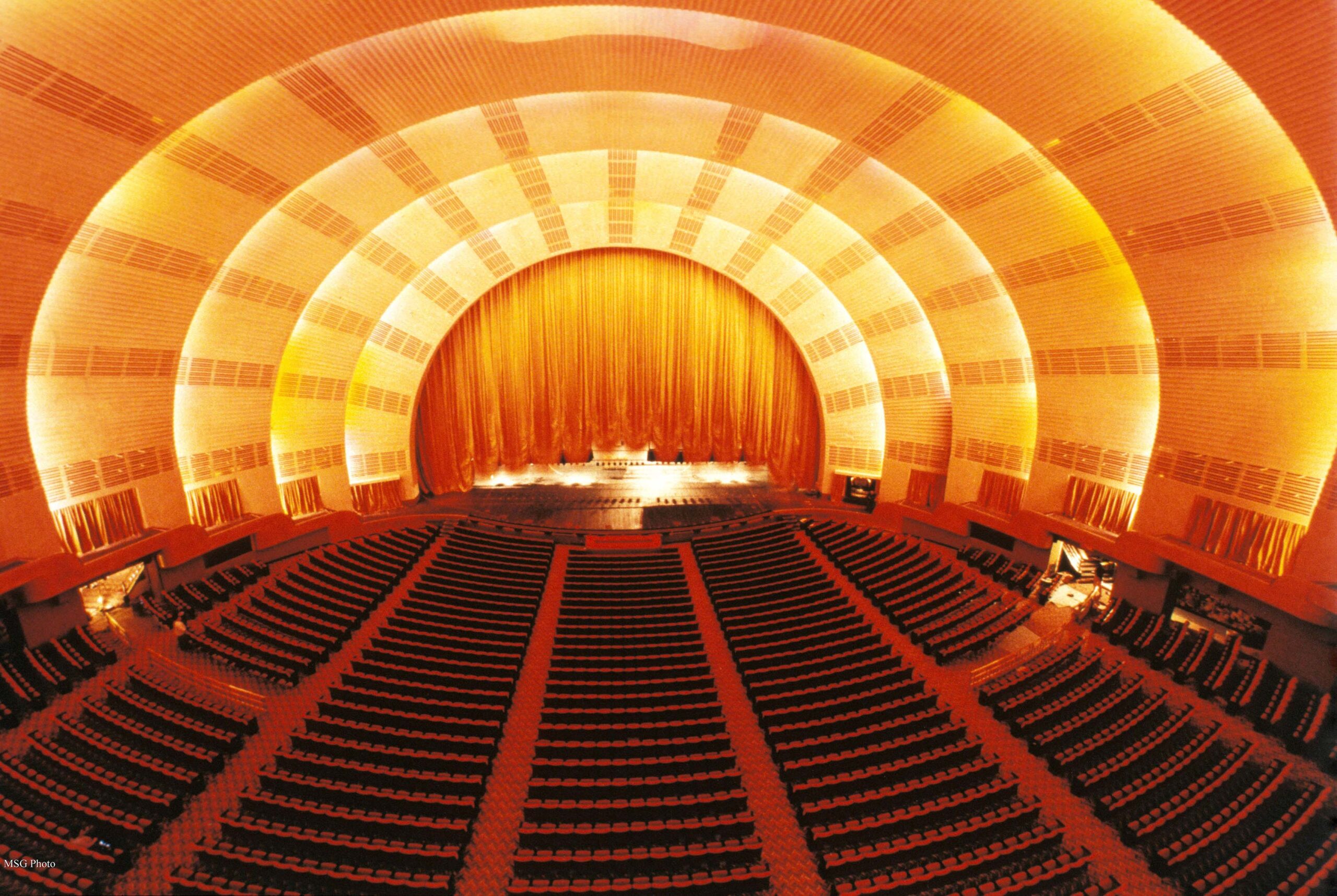
Fifty Years of Preserving New York’s Interiors
David Sprouls and I have collaborated on many projects – rehabbing houses, planning a wedding, raising Patrick. So it seemed natural that we would organize an exhibition together and that it would combine our interests in interior design and historic preservation. In 2015, the show “Rescued, Restored, Reimagined: New York’s Landmark Interiors” opened in the New York School of Interior Design gallery on East 69th Street in Manhattan. In short order, NYSID and Monacelli Press published the book that I co-authored with design historian Judith Gura, Interior Landmarks: Treasures of New York (Monacelli Press, 2015).
Is it a coincidence that I am the same age as the law that empowered the City of New York to designate interiors as landmarks and that both of us are celebrating big birthdays (typically associated with the color gold) in 2023?
Below are some excerpts from the introduction to Interior Landmarks to set the stage:
What constitutes an interior landmark? It is a space determined by the Landmarks Preservation Commission (LPC) to have “special historical or aesthetic interest or value as part of the development, heritage or cultural characteristics of the city, state or nation.” It must be “customarily open or accessible to the public, or to which the public is customarily invited”; it may, therefore, not be a private residence or, for constitutional reasons, a place of worship. And, like all landmark buildings, it must be at least thirty years old. Unfortunately, many interiors are remodeled or destroyed before they are eligible for designation. (Note: As of 2023, there are only 121 designated interior landmarks, out of a total of 37,800 landmarks citywide.)
Why, then, have so few been designated? Part of the problem lies with the complex nature of interiors themselves. Interiors are designed to be used, to meet the needs of a particular time, place, and purpose. They are flexible rather than fixed. People walk on their floors, sit in their seats, lean against the walls, touch the decorations, pull the handles. […] Interiors must keep pace with the evolving needs of those who use them. […]
If interiors are continually changing, how then can they remain as they were first intended? That is the challenge faced by preservationists: to balance past and present by maintaining, repairing, and restoring significant buildings and interiors without losing the integrity of the original design. […]
Without the landmarks law, there would be no mechanism to prevent the destruction of such assets. The demolition of New York’s Pennsylvania Station in 1963—“a monumental act of vandalism”—was [a major] catalyst for the adoption of legislation that had been discussed in civic circles for many decades prior to 1965. Still, the original law was a very limited version of the much more robust legislation in place today. Though included in an early draft bill, interiors were left out of the original law because, as then-LPC Chair Harmon Goldstone explained, “we didn’t want to bite off more than we could chew before we got established.” […]
The first interior designations after 1973 [when the law changed] were parts of the New York Public Library, historic house museums, City Hall—incontrovertibly “public” spaces. By 1978, LPC was considering the designation of the Chrysler Building lobby, the Town Hall performance space, and Radio City—privately owned, commercial spaces. Yet, despite owner opposition, and some internal doubts about whether it could defend such direct involvement—interference, even—with the use of a space, LPC designated Radio City’s extensive interior, from the grand foyer to the auditorium to the lounges. Almost simultaneously, in 1978, the United States Supreme Court handed down its milestone decision upholding the LPC’s authority to regulate the construction of a tower on top of Grand Central Terminal. It was a galvanizing moment, for if the landmarks law could not save Grand Central or Radio City, what could it save? […]
A persistent blind spot for preservation is design of the recent past. Penn Station, Grand Central, Radio City, the Chrysler Building were all between forty and fifty years old when they became threatened. [New York’s youngest interior landmark is the first floor of the United Nations Hotel, completed in 1983, including the Ambassador Grill restaurant and bar.]
As a mentor often tells me, eternal vigilance is the price of preservation. Even the most ardent advocacy or sharpest legislation will never definitively resolve the question of what gets saved and what gets destroyed. It can be slow, hard going for us “boats against the current”, but it’s a damn fine view.

The Old Metropolitan Opera house, torn down in 1967, was the “Penn Station” of interiors, galvanizing advocacy for a law that would protect them. 
This proposal for Grand Central Terminal was the definitive test of the landmarks law. 
If the Old Met was the “Penn Station” of interiors, then Radio City Music Hall was the “Grand Central”.


